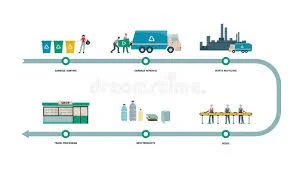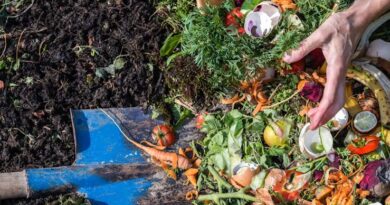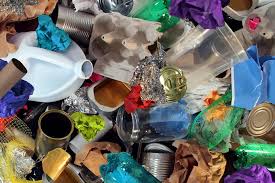Proper Waste Recycling Process
Waste recycling is the collection, separation, clean up and processing of waste materials to produce a marketable product.
Recycling can take place within the manufacturing process, such as in the paper industry, mill off-cuts and damaged paper rolls are recycled back into the pulping process.
Alternatively, recycling takes place at the post-consumer stage where paper can be collected separately or extracted from the waste and can then re-enter the paper making process.
The advantages of using recyclable materials are that there is a reduced use of virgin materials, with consequent environmental benefits in terms of energy savings in the production process and reduced emissions to air and water and onto land.
Theoretically, recyclable components of municipal solid waste include paper, plastics, glass, metals and organic or putrescible materials, made up of garden and food wastes, which are suitable for composting.
However, in some cases it is not possible to recycle some of the wastes due to contamination. Figure below shows an estimation of the potentially recyclable components of household.
Approximately 60% of all household waste in the form of paper, plastics, textiles, glass, metals and organic waste, is potentially recyclable after discounting the contaminated materials.
While the recyclable materials are found in household waste, they are present in a very heterogeneous matrix and the segregation of the materials is one of the major factors involved in waste recycling.
Read Also : Proper Wastes Treatment and Disposal Methods
Two types of system exist to reclaim the materials separately, the ‘bring’ and the ‘collect’ systems (Hogg and Hummel 2002). The ‘bring’ systems involve the segregation of recyclable materials, for example, paper, plastic and glass bottles, metals and textiles, from household waste by the public and delivery to a centralized collection site.
This system has the advantage of being low in capital costs, easily accessible and can also provide an easy method of segregating clean readily marketable materials. The ‘collect’ systems involve house-to-house collection of designated recyclable materials source separated by the householder and placed in separate containers.
There are a number of varieties of the ‘collect’ system. For example, the recyclable materials such as paper, plastics and metal cans are all placed in one container, therefore the mixture has to be sorted, either by processing equipment or by hand at the central materials recycling facility.
Alternatively, the collector may sort the materials. The advantages of the ‘collect’ system include convenience for the householder and higher recovery rates of recyclable materials. However, collection costs are higher in that separate collections or purpose- built vehicles, with separate enclosures, are required.

Fig: Potentially recyclable components of household waste.
An important aspect of materials recycling, which is often not considered, is the occupational health risks of the workers employed to sort, often by hand, the municipal solid waste in the materials recycling facility.
The potential risks to the workforce include accidents from hand sorting due to broken bottles, sharps and tin cans, exposure to electromagnetic fields, used for sorting metals, and chemical hazards from garden and household chemicals, paint vapors and batteries (Gladding 2002).
Biological hazards result from the vapors arising from biodegradation and also airborne bacteria and fungi and, potentially, viruses from the collection and sorting of household waste.
Reported adverse symptoms in the workforce who are working in materials recycling facilities included pulmonary disorders, organic dust-like symptoms, gastrointestinal problems, eye inflammation and irritation of the skin and upper airways.
Read Also : Proper Waste Reduction Process
In conclusion, waste management is an organized system of treatment, which starts with reduction at source in order to prevent material from entering environment. Other ways of waste reduction may involve simple practice of good housekeeping, input change, change in production technology and even reuse of a produce.



